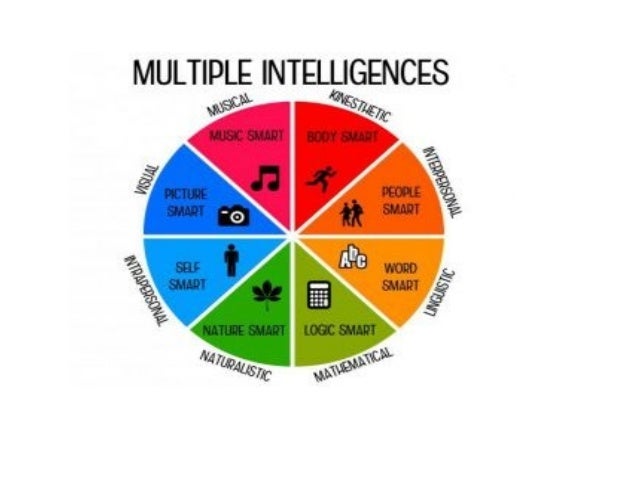Multiple Intelligences Game
MI Immersion Online Experiences in each of the Intelligences. Best viewed with current versions of your browser, your media player, and JAVA, Flash and Shockwave plugins 'The way to determine what intelligences are in play is to identify the objective of the task at hand.' Our Multiple Intelligences test is FREE with No Registration.We won't even ask for your email. Your personalized results will detail each of your intelligences. Check additional boxes below for expanded.
- Multiple Intelligences Game 2
- Multiple Intelligences Game Questions
- Multiple Intelligence Video For Students

Multiple Intelligences Game 2
Multiple Intelligences Game Questions
Multiple Intelligence Video For Students
Multiple Intelligences Activities
At a glance:
Logical/mathematical (analytical, concept-oriented)
Visual/spatial(image, picture-oriented)
Naturalist (enjoys organizing natural patterns)
Bodily/kinesthetic (excels at physical movement, both gross and fine motor)
Musical/rhythmic (oriented to tonal and rhythmic patterns)
Interpersonal (good person-to-person skills)
Intrapersonal (inner-directed, reflective)
Verbal/linguistic (oriented to words, language)
Activities
Logical/mathematical: Enjoys working with numbers, doing experiments
Teaching tip: Use 'science thinking': Ask students to identify scientific principles in areas other than science.
Fun activity (grades 4-6): Find three random things (for example, a blade of grass, the word 'long,' and the process 'jumping') and ask your students to invent an object that uses all three.
Fun activity (grades 6-8): Ask students to reinvent or improve upon the designs of everyday objects.
Visual/spatial: Enjoys drawing and painting
Teaching tip: Use colors as visual cues: Use a variety of colors of chalk and markers when writing in front of the class. Students can use different colored markers to 'color code' materials they are studying.
Fun activity (grades 4-6): Draw an unusual shape and have each student include it in a drawing of his or her own.
Fun activity (grades 6-8): Play drawing games such as Pictionary or Win, Lose or Draw. Have students make rapid drawings to capture key points being discussed in a class lesson.
Naturalist: Enjoys studying things in nature, such as rocks, dinosaurs, insects, plants
Teaching tip: Noticing patterns: Encourage students to form their own systems for sorting and categorizing information.
Fun activity (grades 4-6): Show pictures of various animals or plants and ask students to figure out what they have in common.
Fun activity (grades 6-8): Given certain basic guiding principles, ask students to describe an animal, ecosystem, or other natural entity. To stimulate creativity, the entity need not exist at present, but should be theoretically imaginable.
Bodily/kinesthetic: Enjoys dancing, crafts, or sports
Teaching tip: Classroom theater: Students can act out the material to be learned through role-playing.
Fun activity (grades 4-6): Ask students what they like to eat for lunch – and have them act out the answers in a game of charades.
Fun activity (grades 6-8): Use the human body as a 'map' for learning new information in different subjects. In geography, for example, the body might represent Europe. If the head is Scandanavia, then where is Italy?
- Prev
- 1
